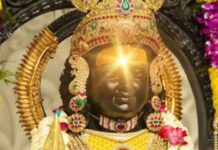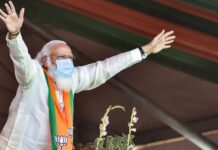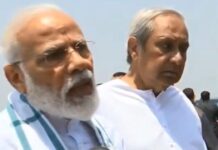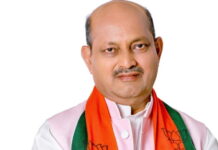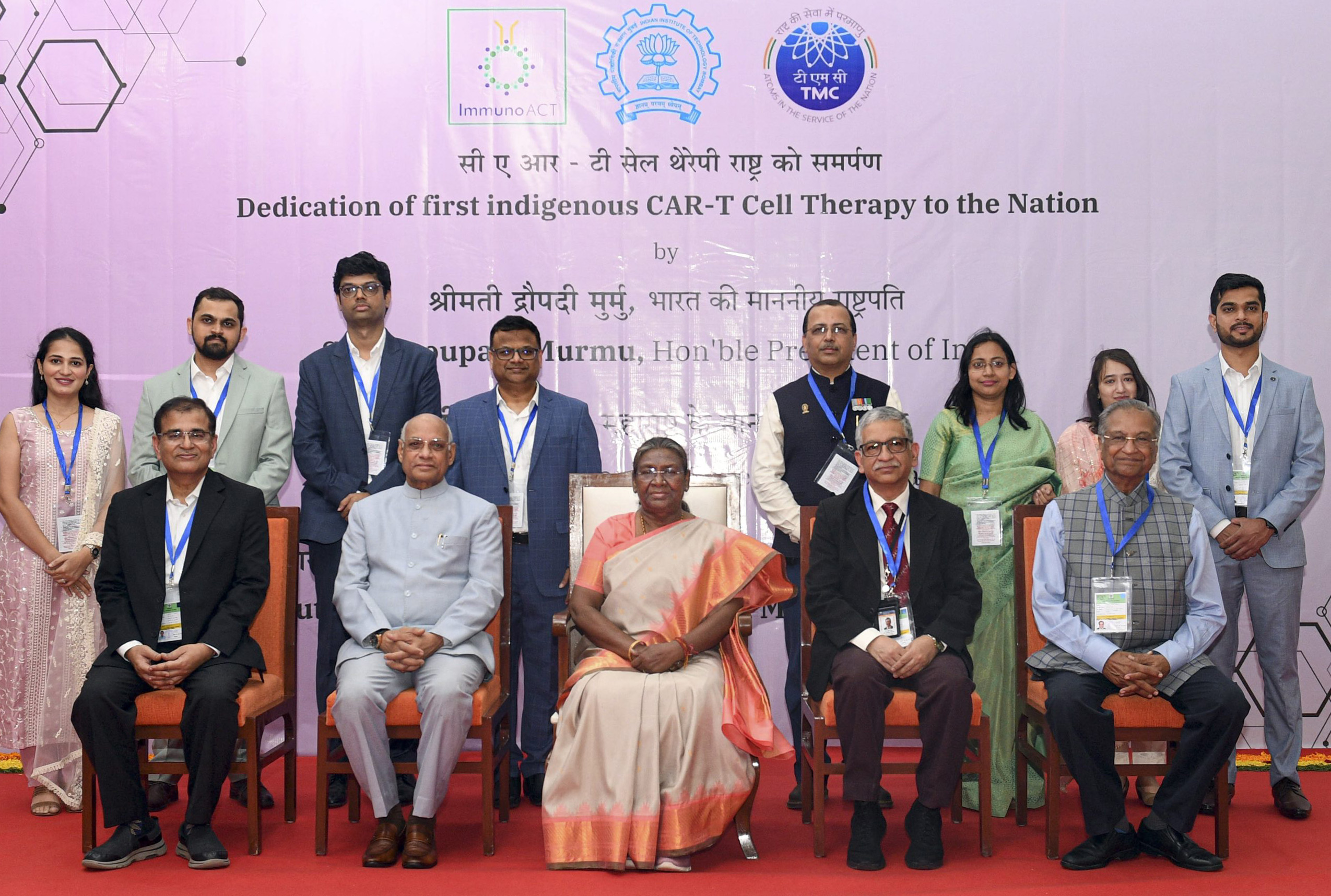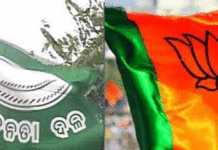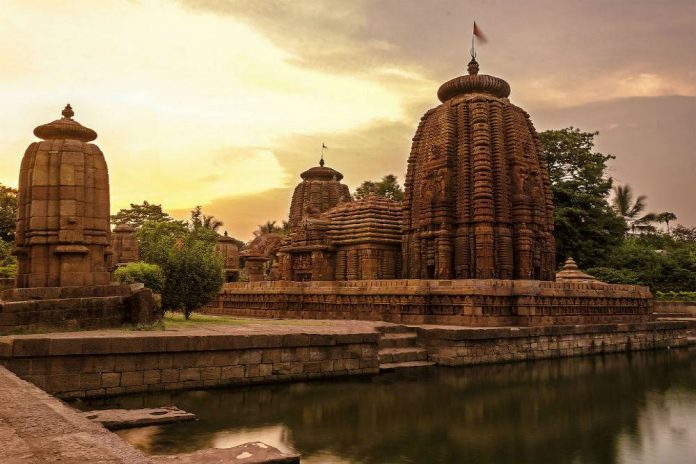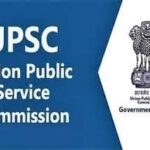Odisha needs a clear strategy, by branding ‘Odissi Style’ to show that it is different and better than its competitors. Do not brand it like Kerala or Goa. This is not about changing logos, livery and creative advertising. The state has to offer a new brand proposition to the consumer and communication has to be aligned to what can be delivered at any point of time.
Providing accommodation and food to pilgrims and tourists is not new to Odisha. Though Hotel services, in modern sense, came late, places like Puri had provision of posh accommodation in the palaces owned by Maharajahs and Zamindars. Outfits like the Mayurbhanj Palace, Dhenkanal Palace and host of other buildings provided luxurious accommodation to visitors. Adequate provision existed for common people in Dharamsalas and paying guest facilities. The government had to enact rules for the maintenance of paying guest accommodations as early as 1871 through the Puri Lodging House Act 1871. To strengthen the system, Puri Lodging House Fund was created in 1920 with the objective of regulation of houses where pilgrims are accommodated, control and sanitation of pilgrim places and better provision for pilgrims. The main source of income of the fund is augmented from road and rail terminals in the shape of pilgrim tax as per the Act.
With the advent of every new year, the hotels of Odisha become optimistic that the new year will see more tourists and higher industrial growth that will usher in new business opportunities But as the year progresses these opportunities elude the state. To add to the misery, the region suffers from either severe heat wave conditions rain and flood or very destructive cyclone, disrupting all kinds of communications, power and water supplies. This situation is repeated every year.
Modern Hotel business is new experience for Odisha. During pre-independence era, there were only two hotels in the state: The B.N.R Hotel in Puri and The Oberoi Palm Beach Hotel in Gopalpur. Even after Bhubaneswar was made the Capital of Odisha, it had no hotels for about 30 years. ‘Hotel Prachi’ (presently Hotel New Marrion), the first hotel of any standard, was built in 1977. Now the sprawling fast expanding Bhubaneswar can boast of scores of quite decent hotels. The hoteliering product has been updated and upgraded constantly in the recent years. Had the growth of Tourism in Odisha kept pace with the growth of Hotel Industry, it would have been a different story altogether. Puri also got some good hotels during this period. To name some of them are Mayfair, Toshali Sands, Chanakya BNR, Holiday Resorts, Coco Palm, Gandhara, Sea Gull, Shakti International, Golden Sands, Aveda Chariot Resort, Ananya Resorts, besides the legendry Puri Hotel. Good hotels have been built in Rourkela, Paradip, Gopalpur, Cuttack, Jeypur, Rayagada and other industrial towns and tourist places.
The private sector has contributed the most to support tourism of the state. Mr A. U. Singh Deo pioneered in this direction by giving Bhubaneswar its first hotel. The first Resort Hotel in the entire Eastern India, was built by Mr. Banamber Patra of Toshali Resorts International at Puri. He is credited to be the first person, to have promoted Odisha tourism in Europe. The biggest contribution came from Mr J. K. Mohanty of Swosti Hotels, who for the first time, organized the Hotel industry of the state into an integrated entity. He himself built a chain of prestigious urban hotels. The beautiful properties created by Mr Dilip Ray of Mayfair Hotels, have added a new motivation to tourists to visit the state.
Mr. Mahimananda Mishra of Orissa Stevedores Ltd. (OSL), though entered late, has provided a chain of luxury hotels to the state. Bhubaneswar now has some excellent hotels like the Mayfair Lagoon, Swosti, Swosti Premium, New Marrion, Trident, Sandy Towers, Hindusthan International, Crown, Presidency, La Franklin, Empires, Ginger, Kalinga Ashok, Suryansh, VITS, Pal Heights, Keshari, Sismo and others. In their effort to market their hotels, these organizations, have been promoting tourism of the state, to such remote tourist markets the department of tourism, is unable to reach.
With the meagre budget allotment, the Odisha Tourism could create assets for the government in the form of hotel rooms. It laid the foundation of Hotel and Catering business and also education in the state. At the moment, the state can boast of having about a dozen of Hotel and Tourism institutions, offering diploma, graduate and post graduate courses. Affordable accommodation in the form of Panthanivas was created at a time the private sector was not forthcoming for investment in Hotels. It required quite some effort to establish this system. Now non-professional staff is finding it difficult to operate them. Hence they are leasing out the properties to private parties. Panthanivas, Yatrinivas and Panthikas were created to provide cheap and hygienic accommodation to tourists. The objective has been lost. They are as expensive as private hotels, with poor service. Now there are no affordable accommodation in Bhubaneswar and Puri.
The Department of Tourism has played the most significant role, in promoting the culture of Odisha. Tourism has assisted in preserving the customs and culture, by providing incentives, to invest in and promote them. Local culture gets an impetus by the presence of tourists.
Despite lack of government patronization and absence of political will, tourism has been able to attract investors to the state. Modern tourists, expect the full range of service to be made available to them, in one destination. The destinations need a coherent structure for their development, planning and management. The concept of developing destination zones was first tried in USA and Canada during 1972-82. Government of India introduced the scheme of Tourist Circuits and Special Tourism Area Development for similar reasons. This concept is similar to modern day Special Economic Zones, found so successful in Dubai in UAE. Odisha really needs, a coherent area of potential tourism development, based upon significant tourism factors like its past, present and possible future, backed by a scientific market analysis, determining the projected number of tourist arrivals. A scheme like SEZ could be ideal for destinations like Talseri, Paradip, Konark, Puri, Chilka Lake (near its mouth) and Gopalpur. While some of the destinations will cater to domestic market, Puri and Konark will serve international market. The meagre tourism fund made available to the department has been made to spread too thin, all over the state. It is worth trying some bulk investment with bulkier political will.
Interestingly, in these days of discounting and incentives, tourism is a victim of discounting cost, crying for discounted hotel and airfare. What the people are waiting for is a punch line offering “Odisha for a song”. Let airlines and hotel join to offer an attractive holiday package in Odisha, which should be cheaper than trips to Singapore, Thailand and Malaysia.
The fast track strategy to attract Buddhist pilgrims to Odisha is to motivate people of Buddhist countries to visit the state. The large number of Buddhist stupas and monasteries unearthed recently in Odisha should be marketed with right earnest in Southeast Asia and the Far East. These are the countries that are banking on Indian visitors to boost their tourism earnings. To begin with, efforts should be made to invite the Buddhist monks of South Asian Countries to have an opportunity to worship the sacred relics of Lord Buddha. Having come here, they will familiarise themselves with the Buddhist monuments of Lalitgiri, Ratnagiri, Udayagiri and Languli hills. These places however will come to limelight as soon as the sacred Relics of Lord Buddha is brought to Lalitgiri and is available for worship. Buddhism has three sacred sites: The place where the Buddha was born, the place where he attained enlightenment, and the place where he attained Nirvana. The fourth sacred place is Dhauli, the place where Ashoka converted to Buddhism and made Buddhism a world religion.
Odisha, therefore, is an unrivalled Buddhist destination, a tourism destination of international standard. This will not only attract holdovers, but also foreign investors who can help develop beach resorts and other water sports facilities.
In the past two decades tourism in general and coastal tourism in particular experienced impressive growth in the Asian and Pacific Region (often exceeding the regions’ growth in gross domestic products). This growth has generally led to the creation of additional employment and improvement of infrastructure in and around the resort areas.
The hotels are built with high interest-carrying loans. They also attract all kinds of tax demands besides incurring unforeseen expenses like when local bodies forget to repair approach roads leading to the hotel. The hotel project reports invariably do not provide funds for initial marketing expenditure. The management thus skips essential service facilities and has to divert funds. Hotels are so busy in servicing the loan from day one that they neglect the service to customers. Hotels are located in prime urban areas unlike other industries that are built on less expensive land in rural areas, or even outside cities and towns, away from habitation.
The hotel industry has to be given a special status as they play a great role in promoting the state’s potentials. It is worth mentioning that in 1970 the state invited leading industrialists of the country to consider investing in Odisha. Many wanted to know how they would be accommodated in Bhubaneswar, in the absence of any hotels in town. It is not surprising that most of them opted to travel by their own aircraft and leave right after the conference.
Today, even after the latest upsurge in industrial growth, the state is offering the same hardships to entrepreneurs – inadequate communication facilities (particularly roads), accommodation and even food. Dirty roadside dhabas are all the state offers even to foreign investors on site. Availability of small business hotels and food outlets may be decisive in enhancing the target area’s competitiveness.
The hospitality industry, despite the government’s misplaced ideas, is bound to Grow, with industrial development. So, if the few ideas floated by the government towards making Odisha a tourist destination don’t appeal to you, use your own imagination, suggest your own ideas. Every year, people from Odisha travel far and wide, carrying lots of money out of the state. If tourist attractions are created here, some of the money can be spent locally. Thus, the local hotel and tourism industry is destined to grow enabling the tourist services to match with international standards.
In recent years, Bhubaneswar has seen several new restaurants coming up. Most of these restaurants sport smart names and flaunt glowing signboards. But the food available inside is unpalatable or monotonous; the lesser said of the hygiene the better. Most of these joints sell stale food left over from the day before. Their refrigerators are packed with food and sometimes they don’t have provision for deep freezing. Food displayed in glass showcases in humid surroundings, with flies hovering over it does not do any good to the cooked food or sweets.
We can expect tourists to come to Odisha, if they like the service we offer. So, we need to identify that unique ‘Odishan style’, which is compelling, and true to the brand, and then, live by it. The state needs a clear brand strategy to show that it is different and better than its competitors. Do not brand it like Kerala or Goa. This is not about changing logos, livery and creative advertising. The state has to offer a new brand proposition to the consumer and communication has to be aligned to what can be delivered at any point of time.
Thus, brand-focussed training is not an option but an imperative. Lack of infrastructure, even the dearth of proper cooking equipment and kitchen and permanent qualified teaching staff in private institutes/colleges/academics, is responsible for the deteriorating standard of professional training all over the state, particularly in Bhubaneswar.







